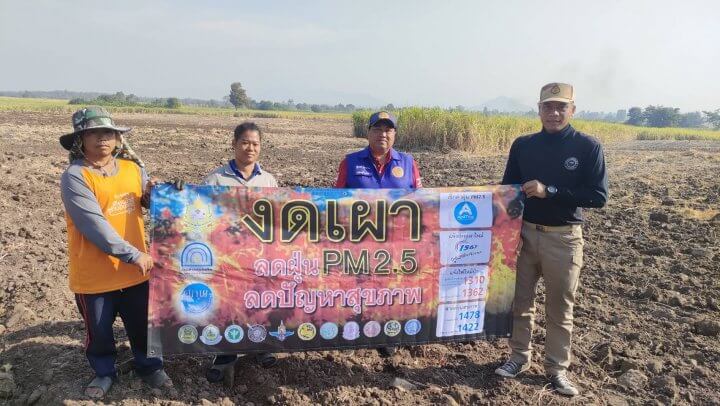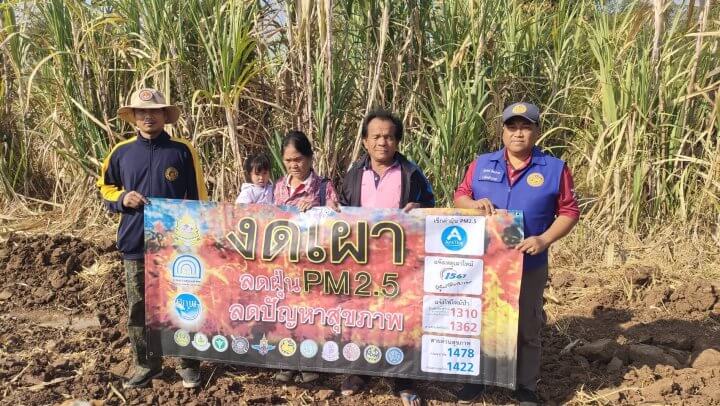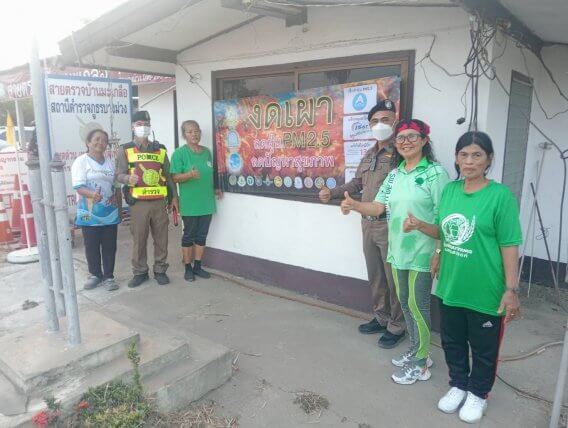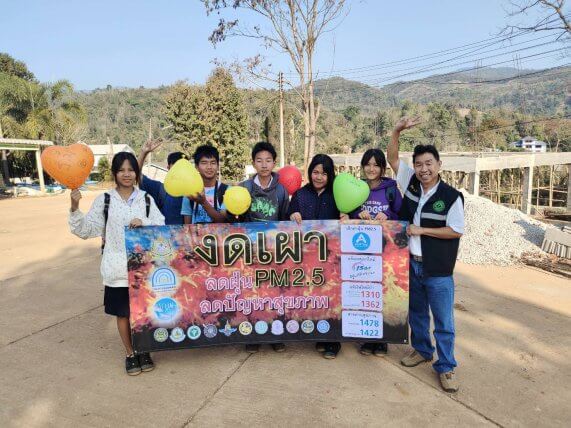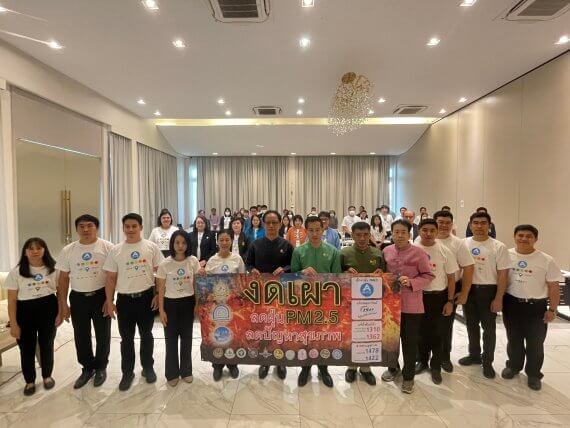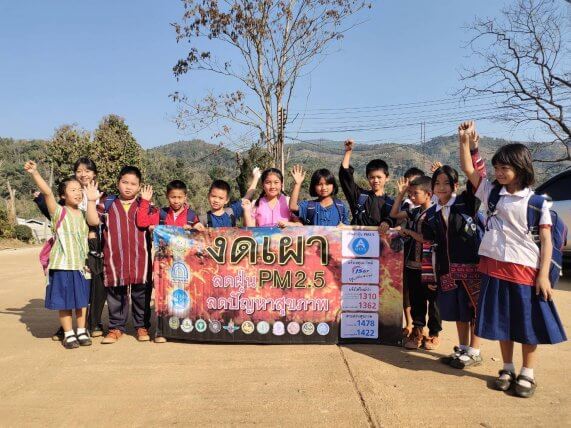
Ms. Preeyaporn Suwanaged, Director General of the Pollution Control Department (PCD), revealed that forest fires, haze, and PM2.5 are recurring problems every year, especially in the 17 northern provinces of Thailand. These issues have direct impacts on public health, the environment, the economy, and society. The primary sources of PM2.5 include forest fires, agricultural burning in forests and farmland, as well as transboundary haze. Combined with high atmospheric pressure, these conditions lead to stagnant air and low wind conditions. Consequently, particulate matter does not disperse effectively, resulting in its accumulation beyond acceptable standards in the affected area. The government and the Ministry of Natural Resources and Environment have prioritized a comprehensive public communication strategy to ensure widespread awareness and understanding among the population.
Ms. Preeyaporn further explained that PCD organized a seminar on “Building Awareness and Reducing Haze and PM2.5 in the 17 northern provinces” from January 16 to February 18, 2025. The objective was to strengthen communication networks between the Ministry of Natural Resources and Environment, the Ministry of Interior, the Ministry of Public Health, the Government Public Relations Department, and relevant agencies. Participants included provincial public relations officers, Damrongtham district justice provision center, Damrongtham provincial justice provision center, Provincial Public Health Office, District Public Health Office, and Subdistrict Health Promoting Hospitals in participating areas. The seminar focused on enhancing knowledge and understanding of forest fires, haze, and PM2.5 issues and their impacts, as well as communicating policies and public relations strategies. It also aimed to improve access to pollution and public health information, build communication networks, and effectively disseminate information to local communities through provincial, district, village, and community-level channels.
The seminar received strong cooperation from all 17 provinces, successfully establishing a network for distributing information to the public. Various agencies collaborated to produce easy-to-understand public awareness materials, including local radio broadcasts in regional dialects, public announcement systems in communities, and social media platforms such as community LINE groups. This continuous flow of information is expected to be a key tool in raising awareness, educating the public on the causes, prevention, and solutions for forest fires, haze, and PM2.5. Additionally, it serves as an essential channel for providing real-time alerts on PM2.5 levels and air quality, ensuring that residents are informed and can take the necessary precautions, Ms. Preeyaporn said.


